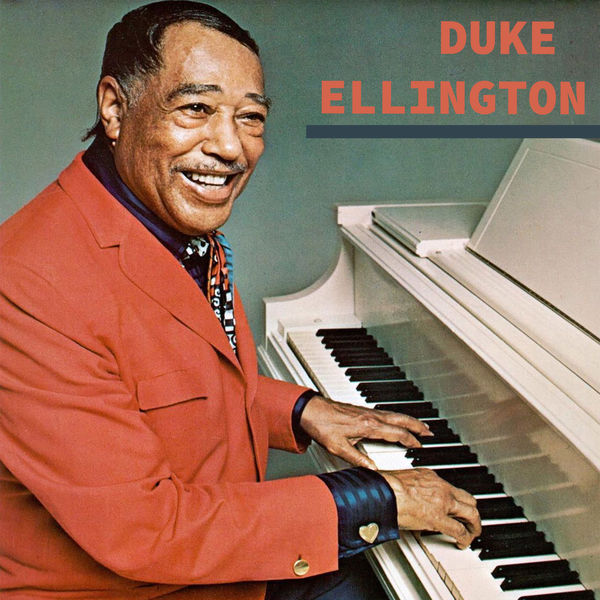Life Milestones and Social Impact
Full Name: Edward Kennedy “Duke” Ellington
Born: April 29, 1899, Washington, D.C., USA
Died: May 24, 1974, New York City, USA
Profession: Composer, Pianist, Bandleader
Duke Ellington is one of the most influential figures in 20th-century music, particularly in the realms of jazz, swing, and big band. His music transcended genres and broke racial barriers, leaving a lasting legacy in American culture.
🎶 Life Milestones
Early Life and Musical Beginnings (1899-1923)
- Born into a middle-class African American family, Ellington showed an early aptitude for music, learning piano at age seven.
- His nickname “Duke” was given to him by friends due to his elegant style and demeanor.
- In 1917, Ellington formed his first band, “The Duke’s Serenaders,” performing at dances and social events around Washington, D.C.
- He moved to New York City in 1923, where his career took off in Harlem’s thriving jazz scene, especially at the Cotton Club.
Rise to Fame: The Cotton Club Era (1927-1931)
- Ellington’s big break came when his orchestra became the house band at Harlem’s Cotton Club.
- During this period, he composed some of his most iconic pieces, including “Mood Indigo” and “Black and Tan Fantasy.”
- His orchestra’s performances were broadcast nationwide, introducing jazz to mainstream America.
Musical Evolution: 1930s-1940s
- Ellington composed “It Don’t Mean a Thing (If It Ain’t Got That Swing)” in 1932, cementing his place as a pioneer of the swing era.
- He continued to evolve musically, producing longer and more complex works such as “Diminuendo and Crescendo in Blue” and “Symphony in Black.”
- Ellington was a prolific collaborator, working with musicians like Billy Strayhorn, who co-composed many works, including the famous “Take the A Train.”
- He expanded jazz into orchestral music, breaking boundaries with extended compositions such as “Black, Brown, and Beige” (1943), a jazz symphony that explored African American history.
International Recognition and Later Years (1950s-1970s)
- In the 1950s, Ellington’s music gained international fame, and he toured extensively in Europe, Asia, and Africa.
- In 1969, he received the Presidential Medal of Freedom, one of the highest civilian honors in the U.S.
- Ellington continued composing and performing until his death in 1974, leaving behind a catalog of over 3,000 compositions.
🌍 Social Impact and Legacy
Breaking Racial Barriers
- Ellington’s success as an African American artist during a time of segregation was groundbreaking. He used his platform to challenge racial stereotypes and promote African American culture.
- His performances at venues like the Cotton Club brought African American music into white spaces, subtly challenging racial norms.
Cultural Ambassador
- Ellington’s international tours, often sponsored by the U.S. State Department, made him a cultural ambassador, promoting American jazz as a symbol of freedom and creativity.
- His 1963 tour to the Middle East, Africa, and Asia is considered one of the most influential cultural diplomacy missions of the era.
Championing African American History
- Ellington’s works often celebrated African American history and heritage.
- “Black, Brown, and Beige” (1943) was a pioneering piece that told the story of the African American experience from slavery to emancipation.
- In later works, such as “Sacred Concerts,” Ellington explored themes of spirituality and human rights, blending jazz with religious music.
🎷 Musical Contributions
Ellington’s compositions have had a profound impact on jazz and modern music. Some of his most famous works include:
- “Mood Indigo”
- “Sophisticated Lady”
- “Take the A Train”
- “It Don’t Mean a Thing (If It Ain’t Got That Swing)”
- “In a Sentimental Mood”
- “Cotton Tail”
- “Caravan”
His orchestra’s unique sound, characterized by rich harmonies and innovative arrangements, set a new standard in jazz music.
🏅 Awards and Recognition
- Presidential Medal of Freedom (1969)
- Grammy Lifetime Achievement Award (1966)
- Pulitzer Prize Special Citation (1999, posthumously)
- Inducted into the Rock and Roll Hall of Fame (1986) as an early influence
YouTube – Duke Ellington – Topic Channel:
https://www.youtube.com/channel/UCvwUPRgFawNNBdQg497gHJw
📚 References
- Hasse, John Edward. Beyond Category: The Life and Genius of Duke Ellington. Da Capo Press, 1993.
- Tucker, Mark. The Duke Ellington Reader. Oxford University Press, 1993.
- Shipton, Alyn. A New History of Jazz. Continuum, 2001.
- Cohen, Harvey G. Duke Ellington’s America. University of Chicago Press, 2010.
- PBS. American Masters: Duke Ellington – Reminiscing in Tempo.
Duke Ellington’s influence on music and culture remains monumental. He reshaped jazz into an art form with unparalleled sophistication, leaving an enduring legacy as both a musician and cultural icon. His life story is a testament to the power of music in bridging racial divides and fostering cultural understanding.


Leave a Reply